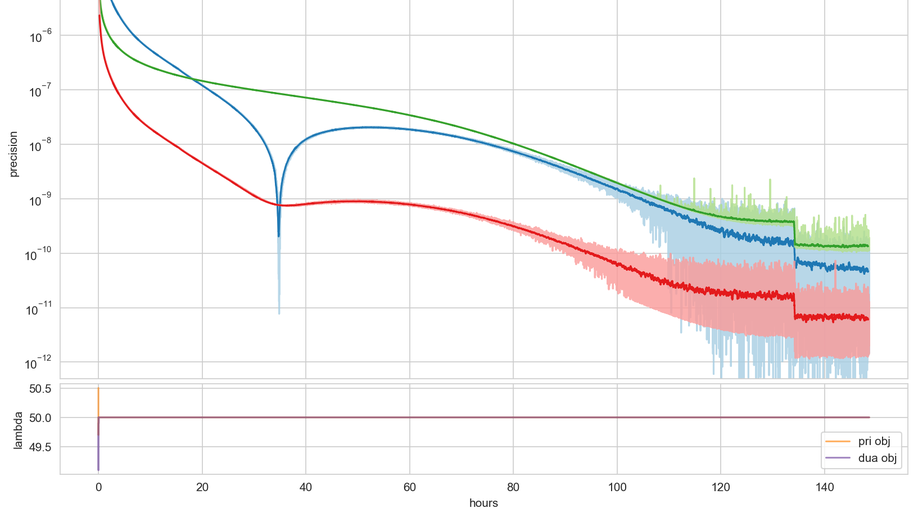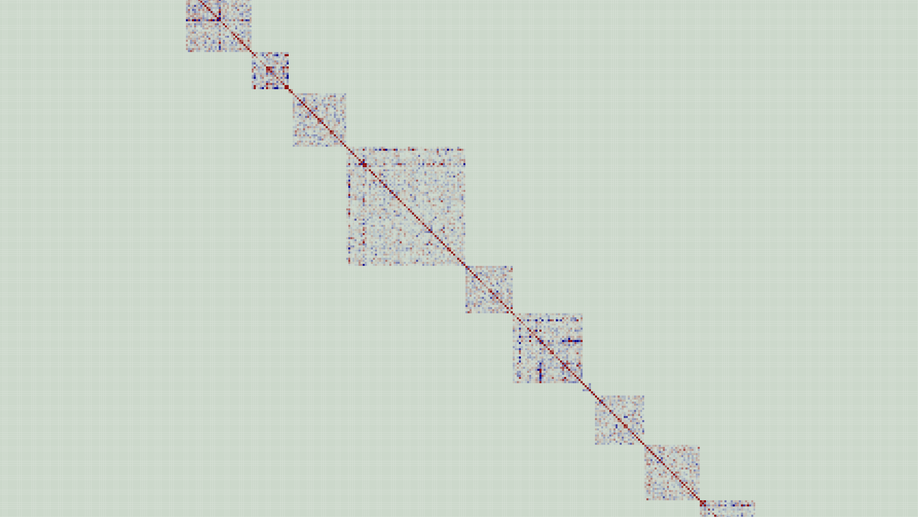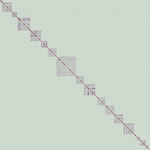Marek Kaluba
Mathematician
Freelance
Biography
Between 2021 and 2024 I was an independent researcher at Karlsruher Institute für Technologie associated to the Topology group led by Roman Sauer.
I was an assistant professor at the Adam Mickiewicz University from 2014 until 2021.
The Mathematical Institute of the Polish Academy of Sciences hosted me as visiting professor between 2015 and 2017, where I worked with Piotr Nowak on Kazhdan’s property (T).
Between 2019 and 2021 I was a postdoc in the MATH+ programm hosted at Technische Universität Berlin in the group of Michael Joswig, where I was working on machine learning aspects of polytope theory.
My research interests also include: geometric group theory (therefore: group actions), optimisation as well as symbolic and certified computation. Before, I used to work on topology of high-dimensional manifolds (surgery and equivariant surgery theory) and applied topology (persistence and others). An important part of my research has become programming – the effects may be found on github.
Programming languages: Julia, Python
Sport: Climbing, Yoga
Interests
- Computational Algebra
- Property (T)
- Geometric Group Theory
Education
-
PhD in Mathematics, 2014
Adam Mickiewicz University
-
MSc in Mathematics, 2010
Adam Mickiewicz University






